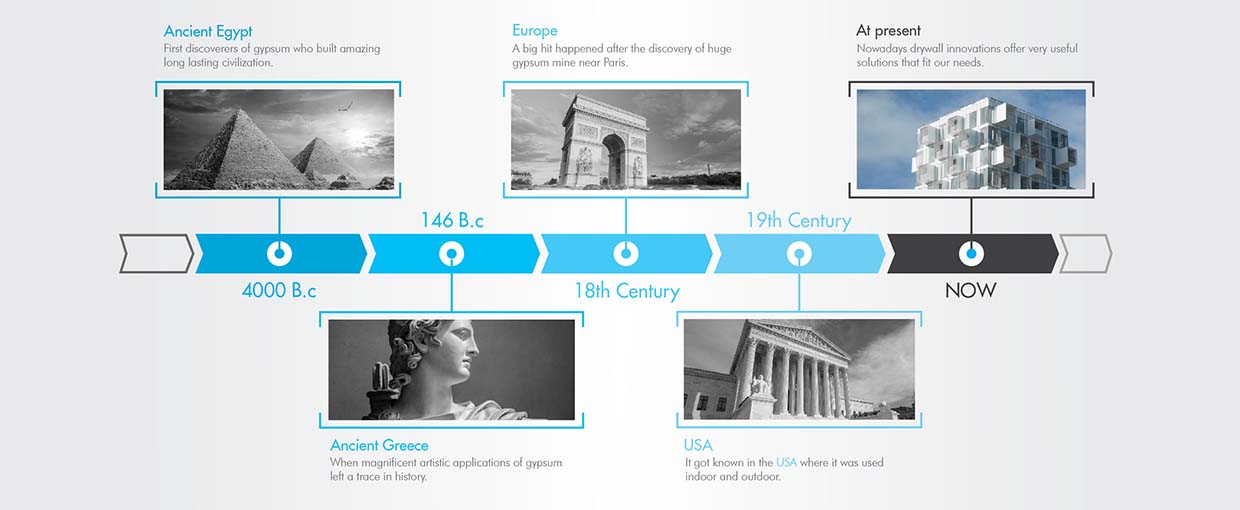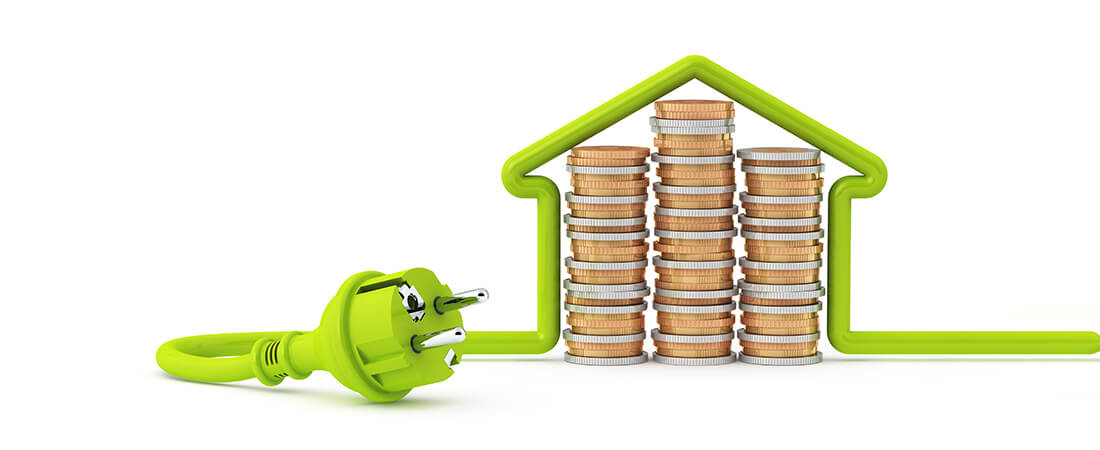
How Did Gypsum Board Develop Over the Years?
Author: Gypsum Board
With gypsum board revolutionizing building industry in the past few years, most of us just don’t know how it all started. Let’s take you on a timeline tour to find out how it all began for gypsum board.
|
Ancient civilizations: Europe: U.S.A: Why was gypsum board frowned upon? Drywall offered a cheap alternative to plaster, as the latter was the main material for construction back then. The cost-effectiveness of gypsum board didn’t help at all! People considered drywall as the ‘material of the poor’ and refrained from owning houses constructed using it. Also, gypsum board didn’t possess any of the aesthetic features it has at present, so that was one more downside to it.
|
World War I:
As the United States got involved in World War II, much of the manpower was drafted to war. Therefore, it was necessary to compensate for that shortage of construction workers in an efficient way, and the answer to that was ‘drywall’. Additionally, during the war period, drywall construction was regarded as patriotic, as buildings were constructed over very short periods of time. This way people got to concentrate more on war efforts.
|
Post-war era:
At present: Futuristic overview: |






